NASA has unveiled a new supersonic jet, the X-59, capable of drastically reducing flight times. Developed in collaboration with Lockheed Martin, this aircraft, nicknamed the “son of Concorde,” promises a revolutionary leap in aeronautics.
Its debut is a significant moment in aviation history, aiming to transform the experience of commercial air travel with its advanced capabilities.
Design and Speed of the X-59
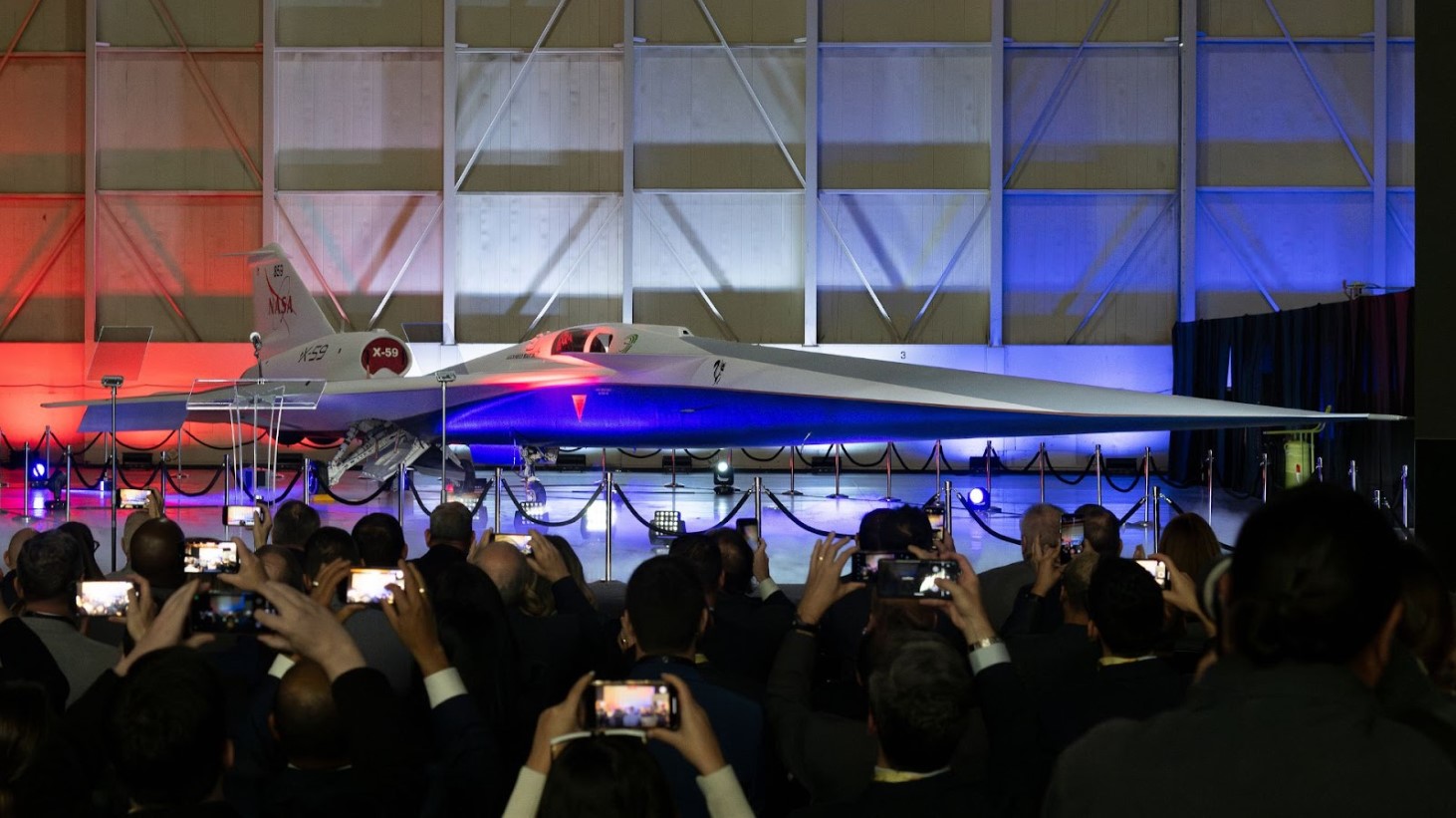
The X-59 supersonic aircraft is a remarkable feat of engineering, measuring 100 feet in length and 30 feet in width.
The New York Post reveals that the jet is designed to travel at speeds of 925 miles per hour, surpassing the speed of sound. Its innovative design and capabilities are expected to reduce the flight time between New York and London to just three and a half hours, a considerable improvement to current flight times.
The Legacy of the Concorde
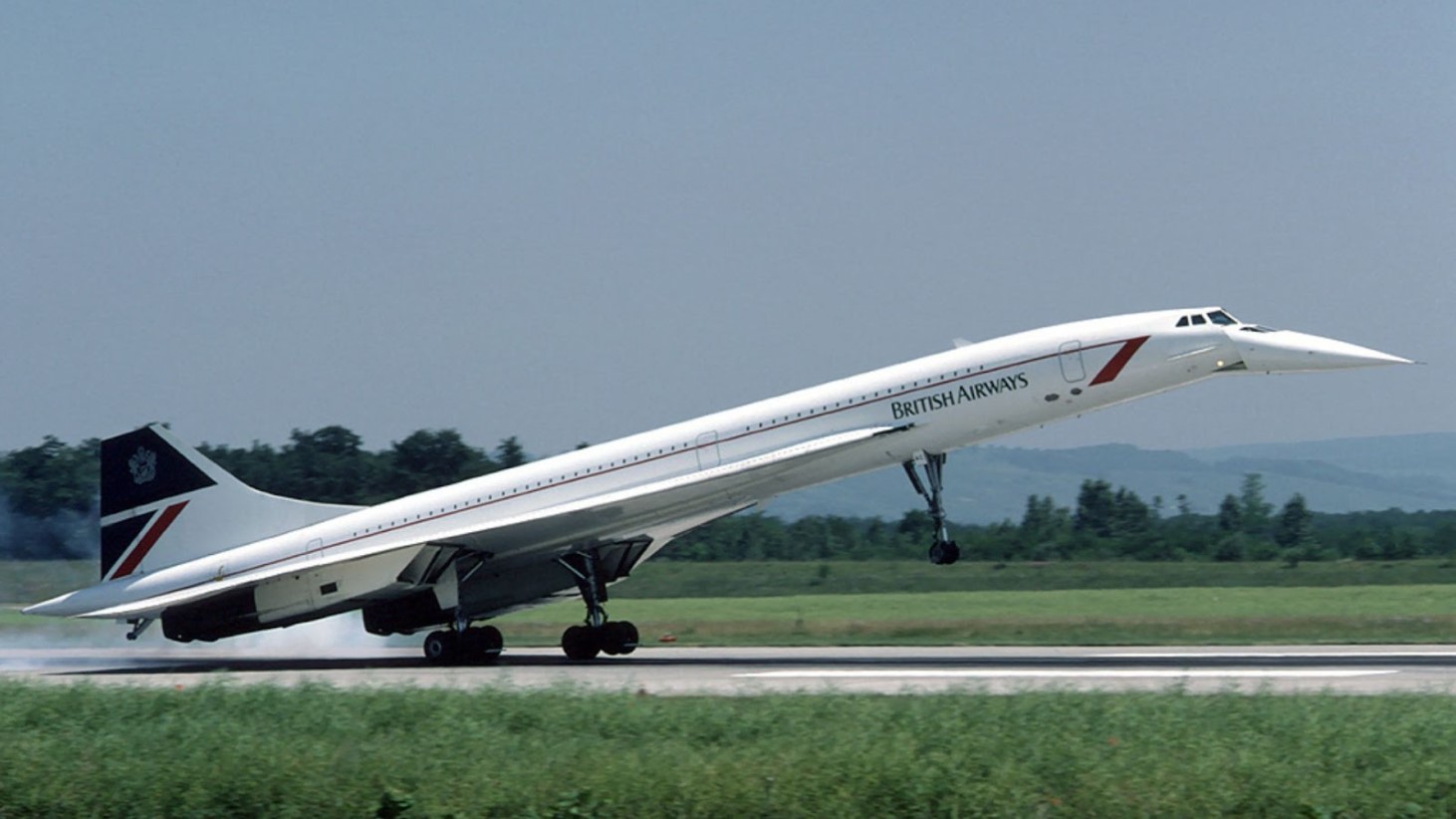
The Concorde, an iconic aircraft, could travel at approximately 1,350 miles per hour and was retired almost 20 years ago due to high maintenance costs and a fatal crash in 2000, according to The New York Post.
Its retirement was the end of an era in supersonic travel. The X-59 aims to build on the Concorde’s legacy, enhancing speed while addressing past challenges.
Reducing Sonic Boom Disruption
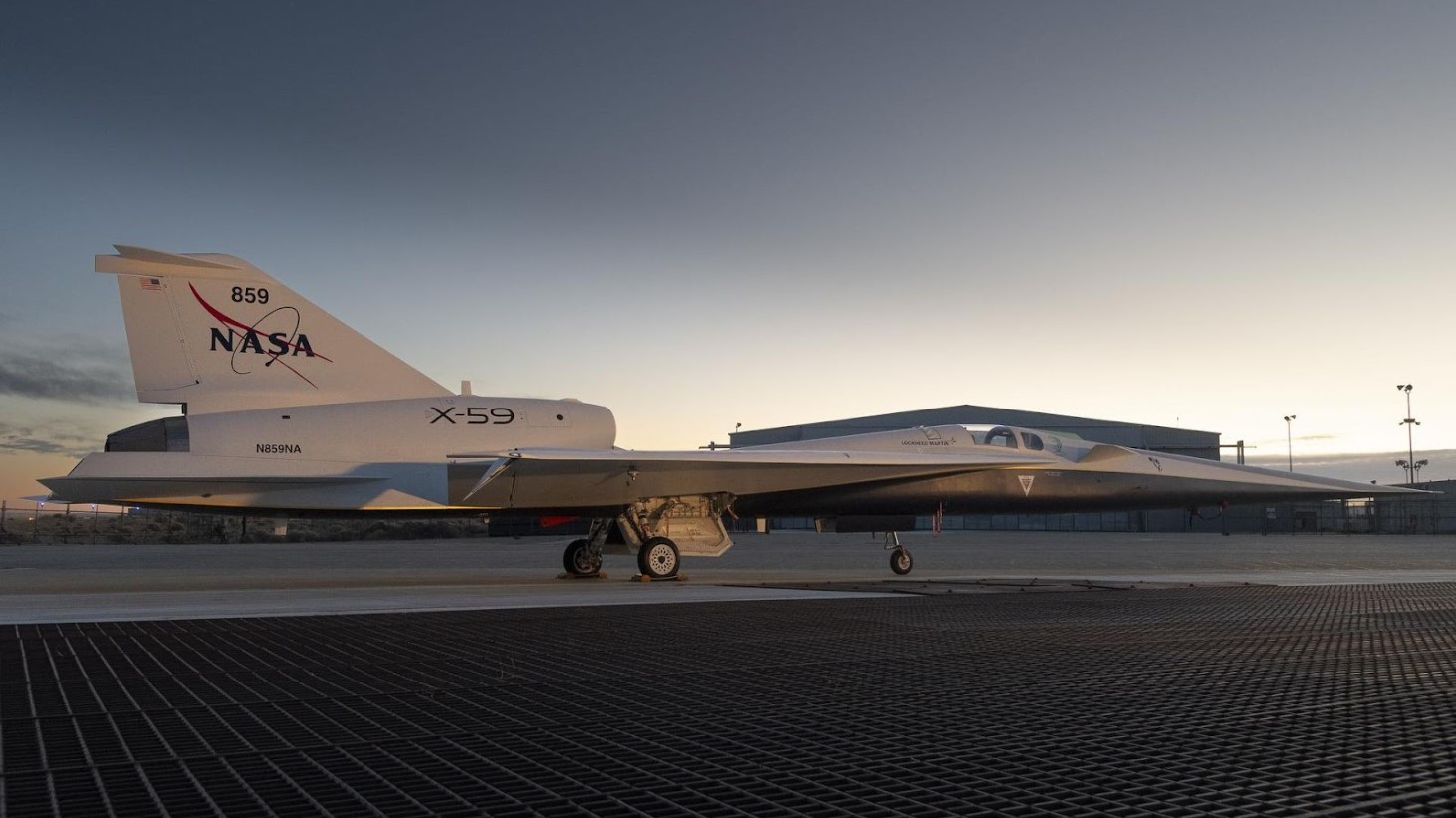
A key advancement of the X-59 is its ability to minimize the disruptive sonic boom caused when exceeding the speed of sound.
The Daily Mail explains that officials have highlighted that this aircraft generates a less disruptive sonic boom due to innovations in design, shaping, and technologies. This feature addresses one of the main concerns that led to the ban on supersonic flights over land in the past.
Innovative Cockpit Design
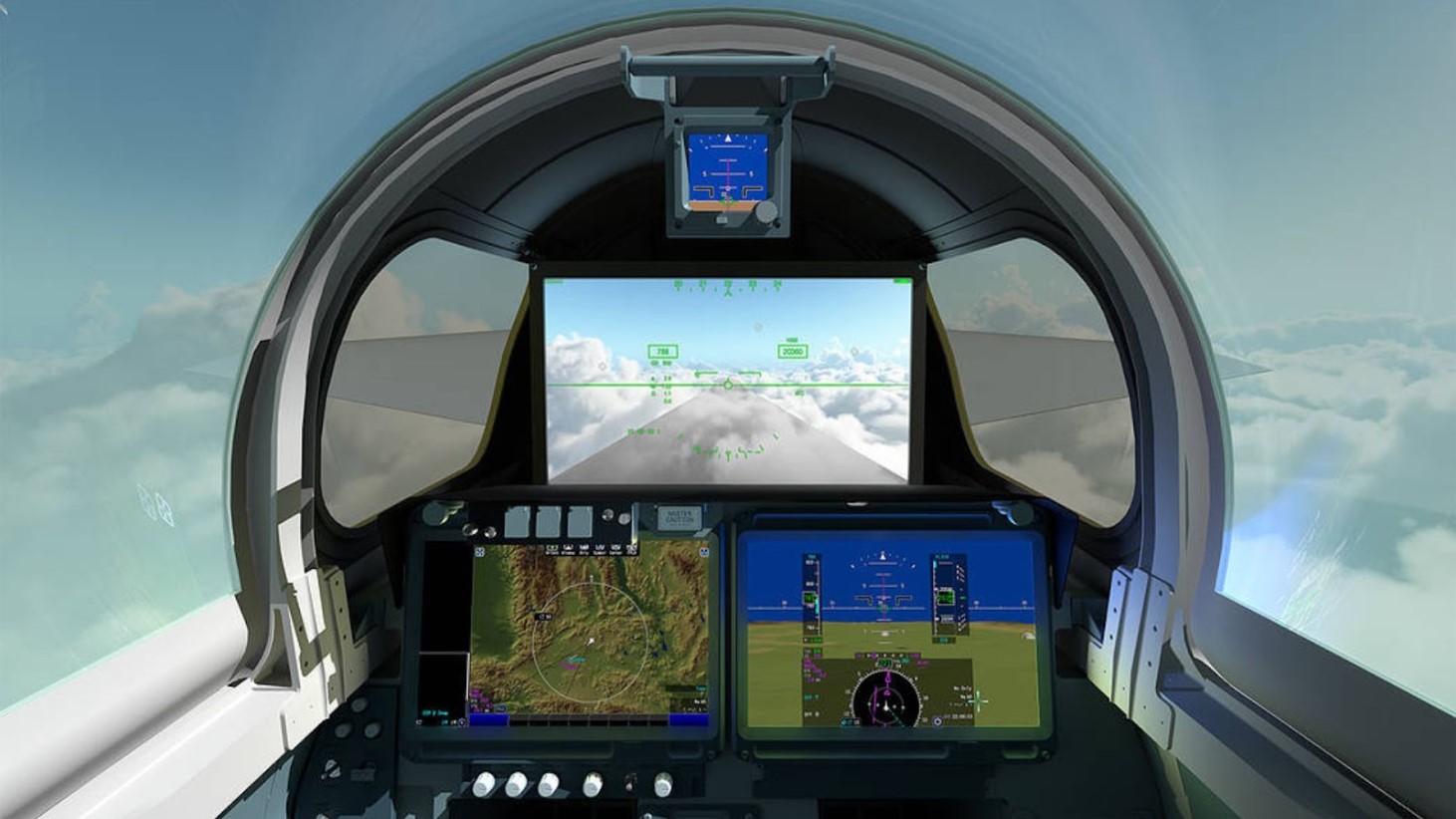
The X-59 features a unique cockpit design, positioned about halfway down the length of the plane, according to information via The New York Post.
Pilots will rely on camera monitors for operation due to the jet’s thin, tapered nose, which is crucial for minimizing shock waves that cause sonic booms in conventional aircraft.
The Quesst Mission
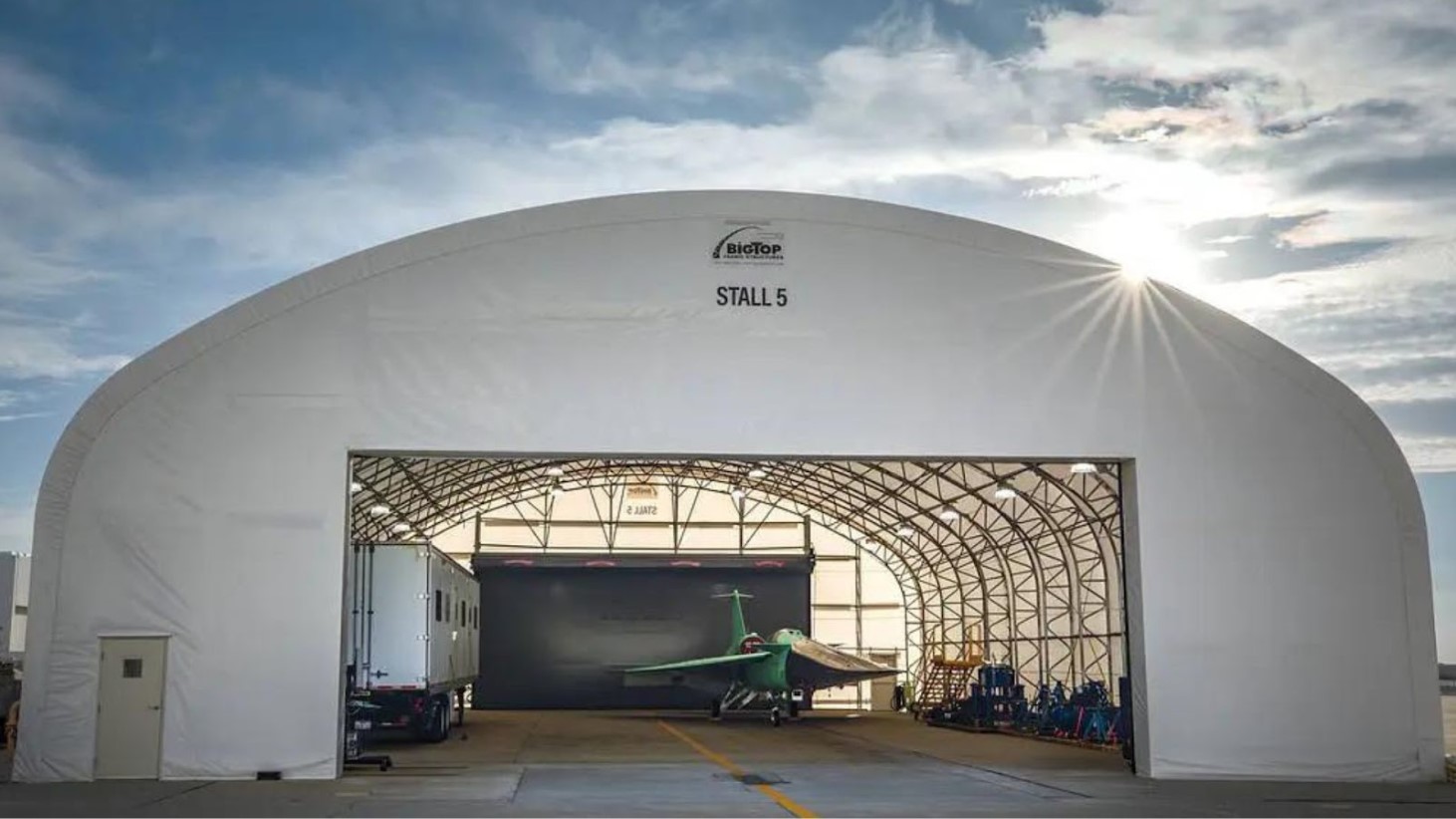
The X-59 is a crucial part of NASA’s Quesst mission, which focuses on enabling regulators to reconsider the ban on supersonic flights.
“This is a major accomplishment made possible only through the hard work and ingenuity from NASA and the entire X-59 team,” “In just a few short years we’ve gone from an ambitious concept to reality. NASA’s X-59 will help change the way we travel, bringing us closer together in much less time.” said NASA Deputy Administrator Pam Melroy in a statement.
Preparing for First Flight
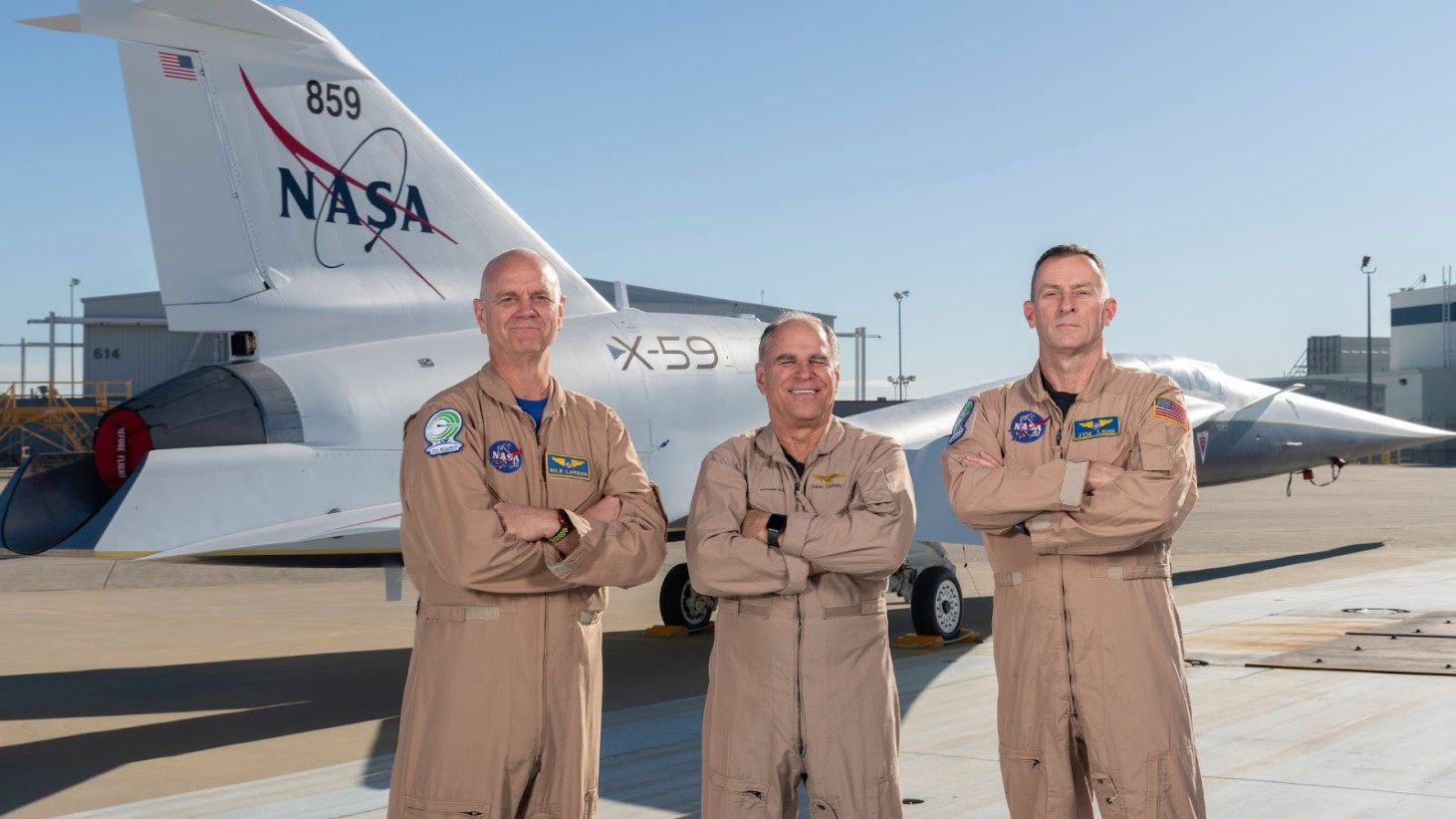
As the X-59 approaches its first flight later in 2024, the team is conducting integrated systems testing, engine runs, and taxi testing, the New York Post reveals.
This preparatory phase is crucial for ensuring the aircraft’s readiness for its first flight. The successful completion of these tests will mark the beginning of a new chapter in supersonic aviation.
Project Costs and Funding
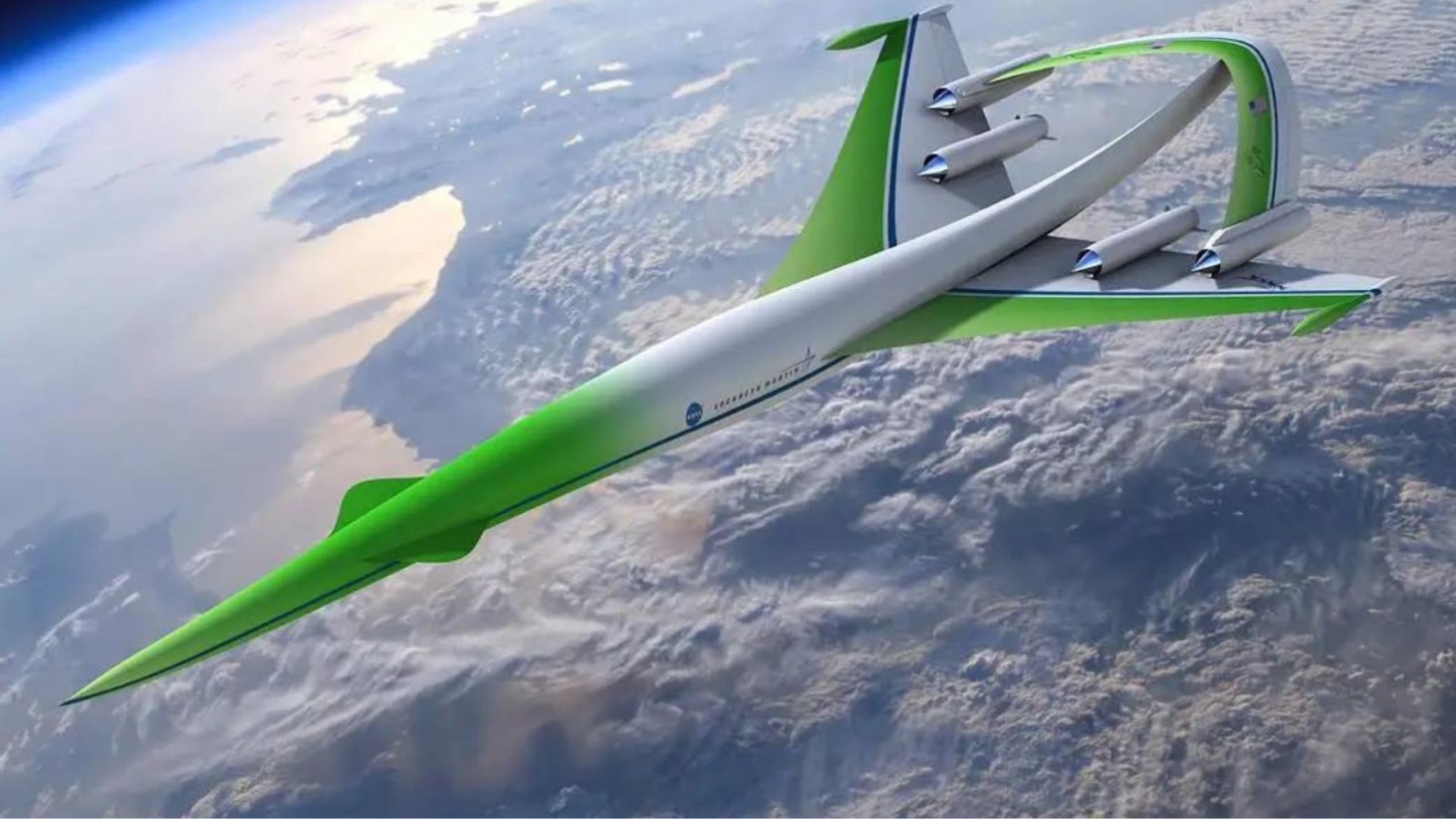
The development of the X-59 is a significant investment, with costs amounting to $632 million over eight years, as reported by Bloomberg.
This funding illustrates the scale and ambition of the project, demonstrating NASA’s commitment to advancing the frontiers of aeronautics through this groundbreaking supersonic aircraft.
Beyond the Concorde’s Shadow
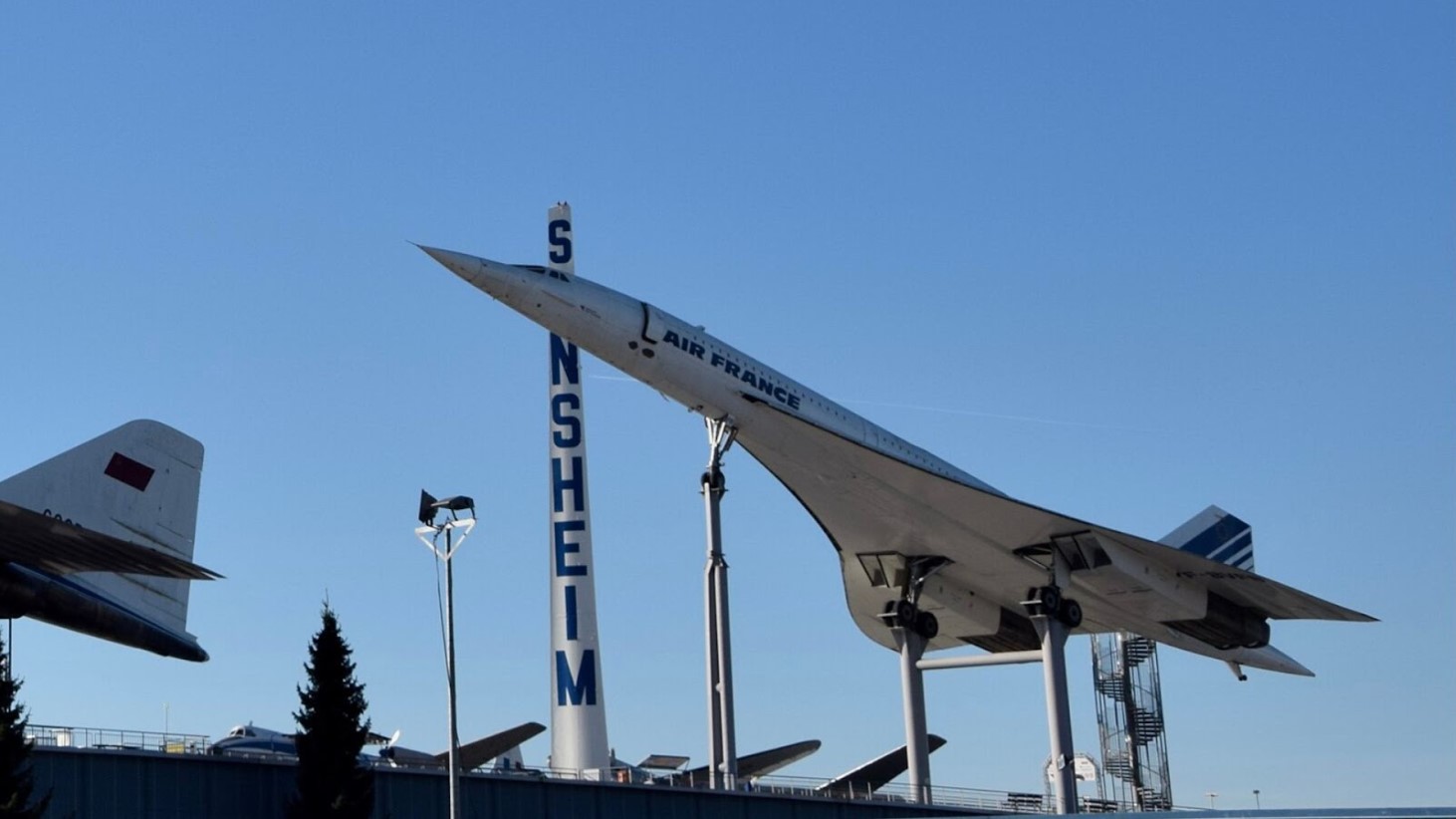
Peter Coen, the mission integration manager for NASA’s Quesst mission, told The Daily Mail, “The X-59 is not – I repeat not – the son of Concorde, other than the general wing shape.”
He emphasized that the X-59 represents a new direction in supersonic flight, distinct from the Concorde’s legacy, yet building on its foundational principles.
Revolutionizing Overland Travel
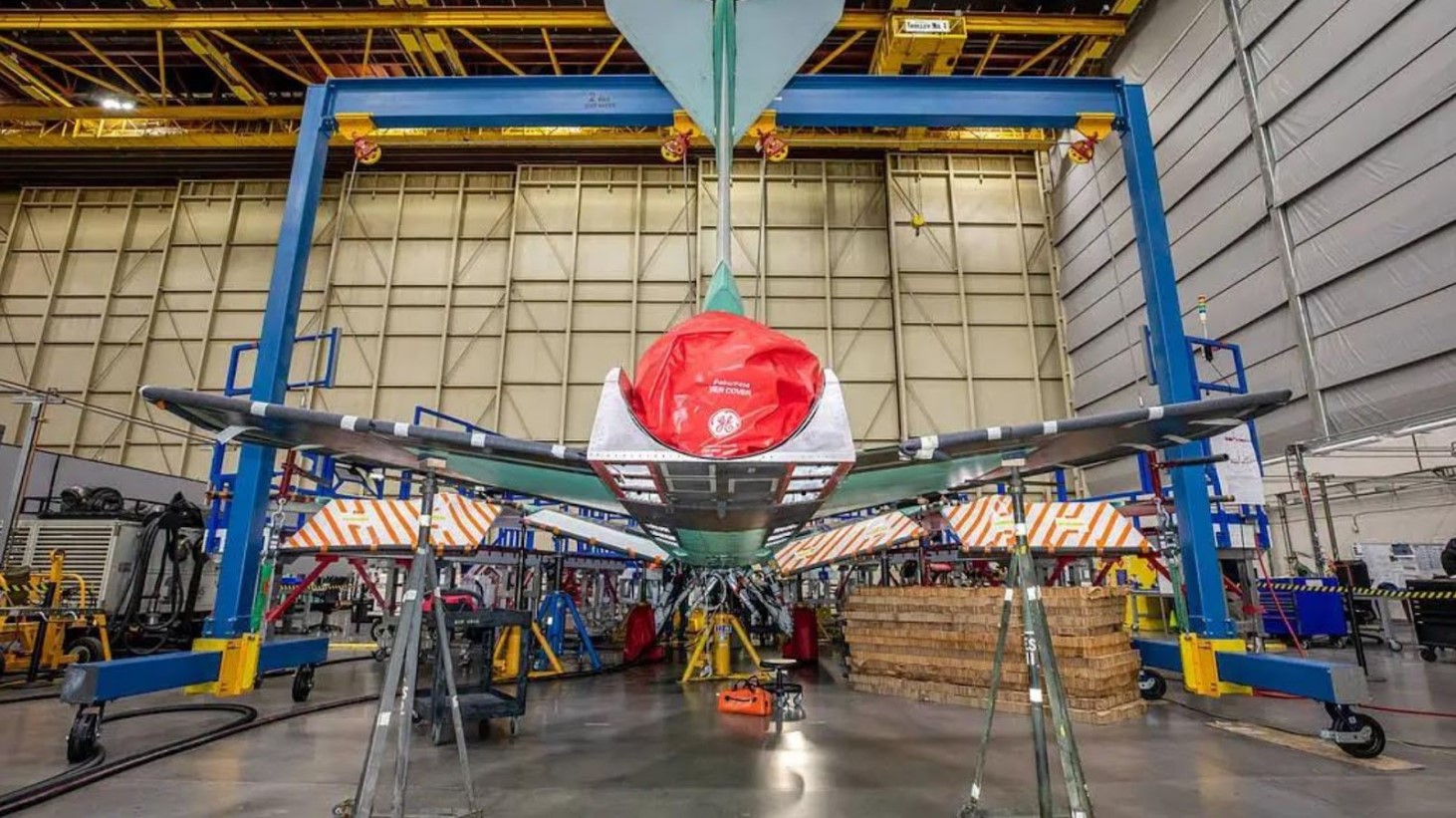
The Daily Mail notes that the introduction of the X-59 could lead to significant changes in overland travel regulations.
The aircraft’s quieter sonic boom could pave the way for lifting the long-standing Federal Aviation Administration (FAA) ban on supersonic flights over land.
Future Testing and Community Feedback
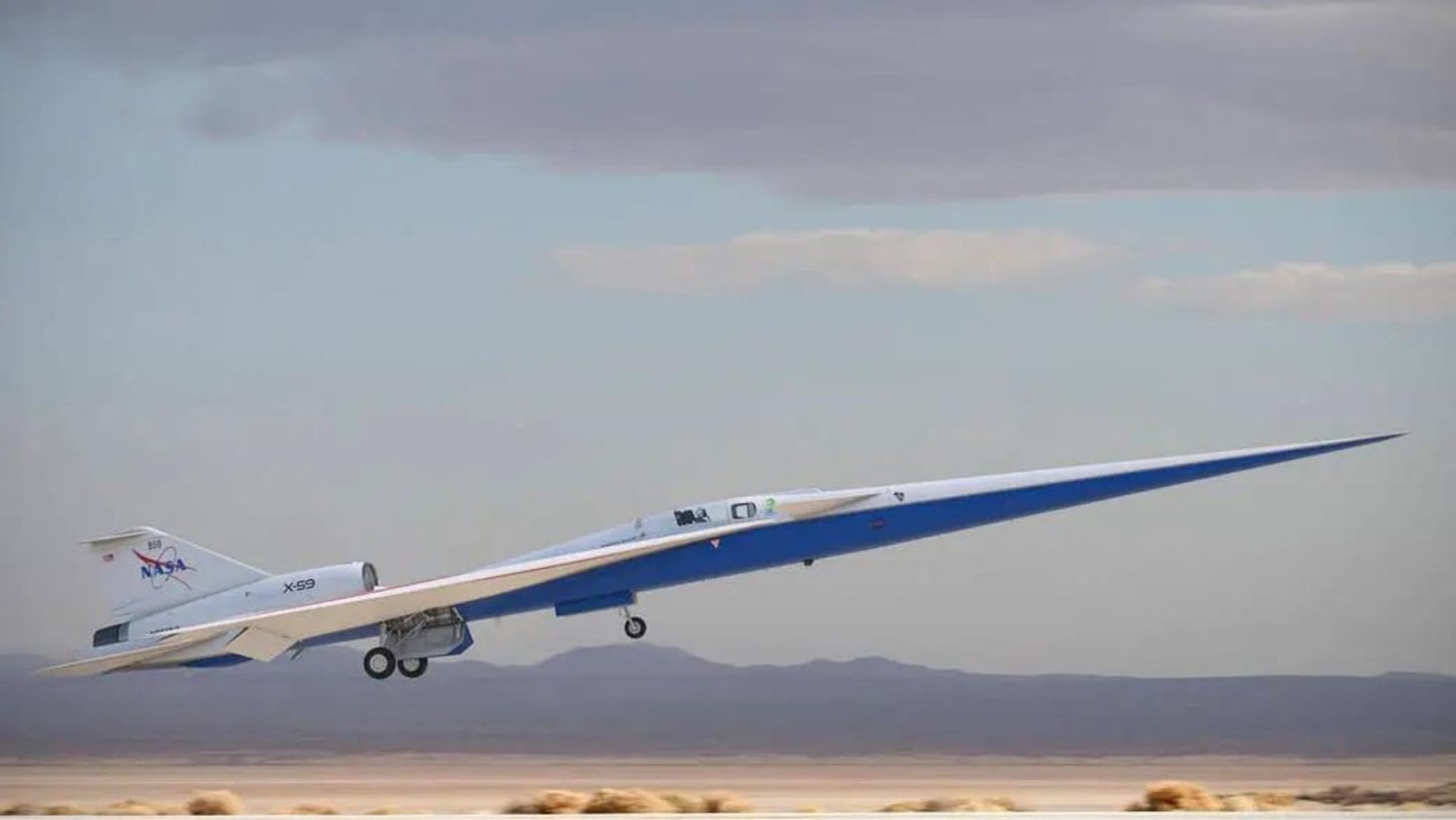
NASA plans to begin flying the X-59 over select communities in the US in 2026 to assess the aircraft’s noise levels, according to The Daily Mail.
This testing phase is crucial for determining whether the jet’s quieter sonic boom meets federal standards. The feedback from these community flyovers will play a key role in shaping the future of supersonic travel.
Shaping the Future of Supersonic Flight
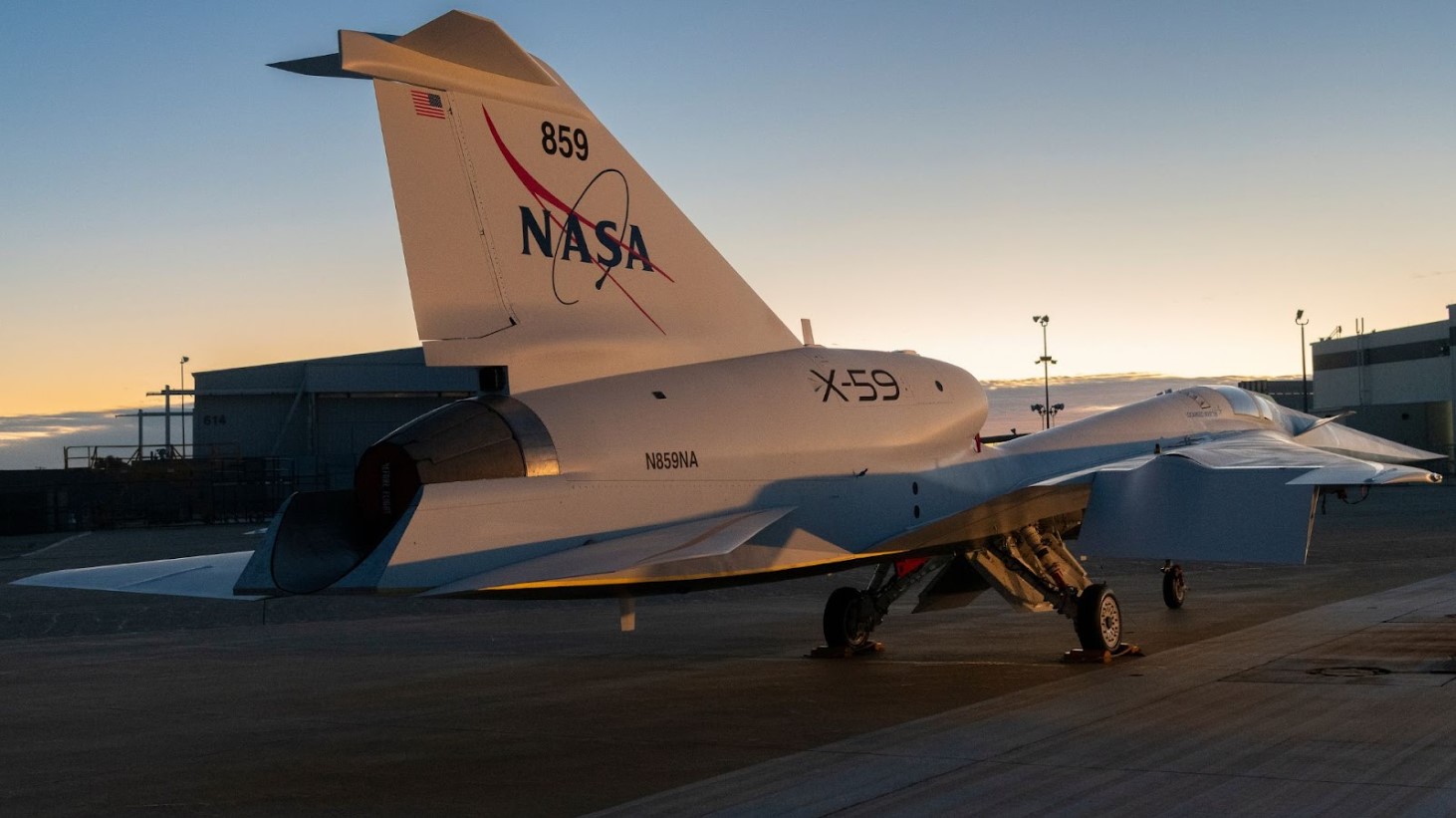
Coen emphasized to the Daily Mail, “The X-59 is central to the long-term goals of making supersonic flight a regular occurrence, but it’s not the end goal.”
NASA plans to share the X-59’s design, technology, acoustic data, and community responses with aircraft manufacturers. Coen notes, “Industry is definitely interested in supersonic flight,” acknowledging the industry’s demand for updated supersonic flight guidelines.
